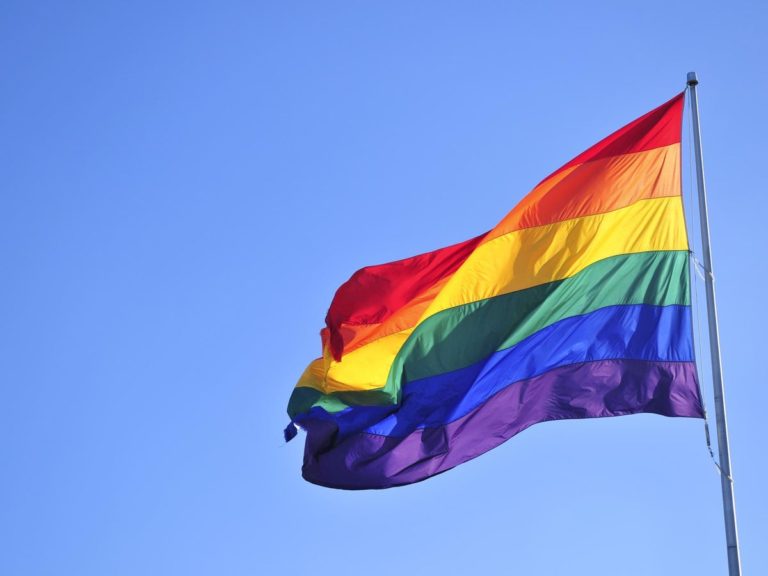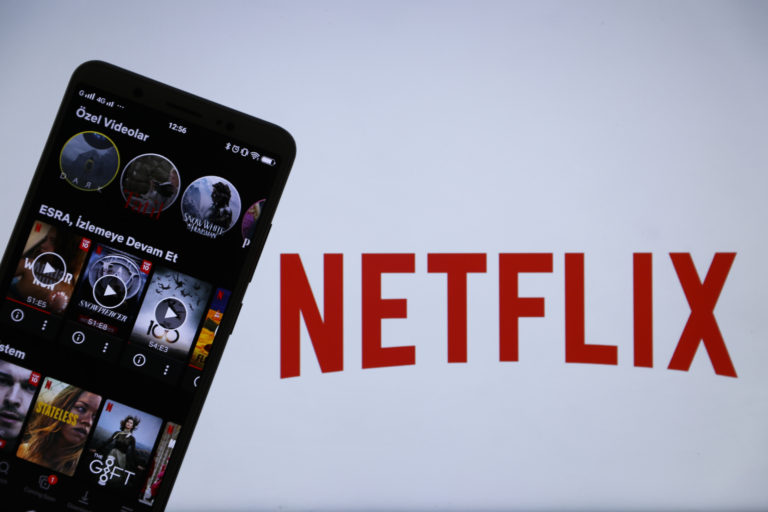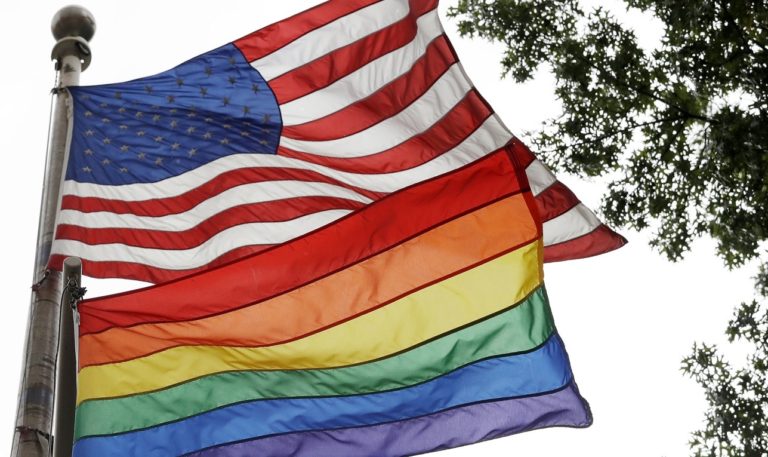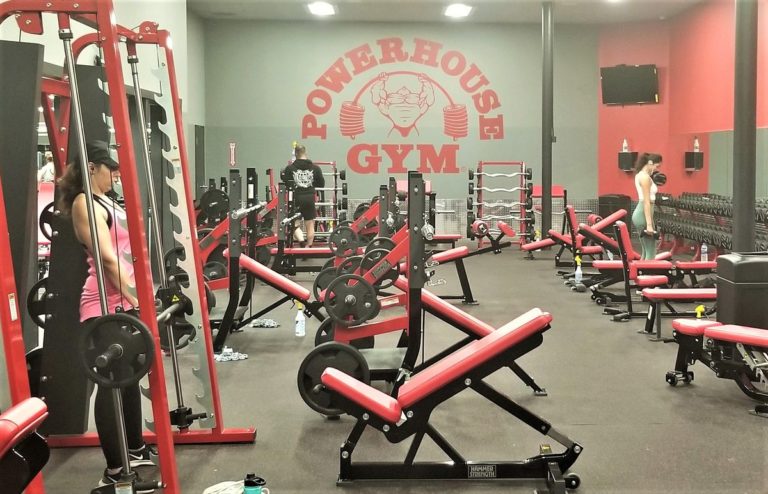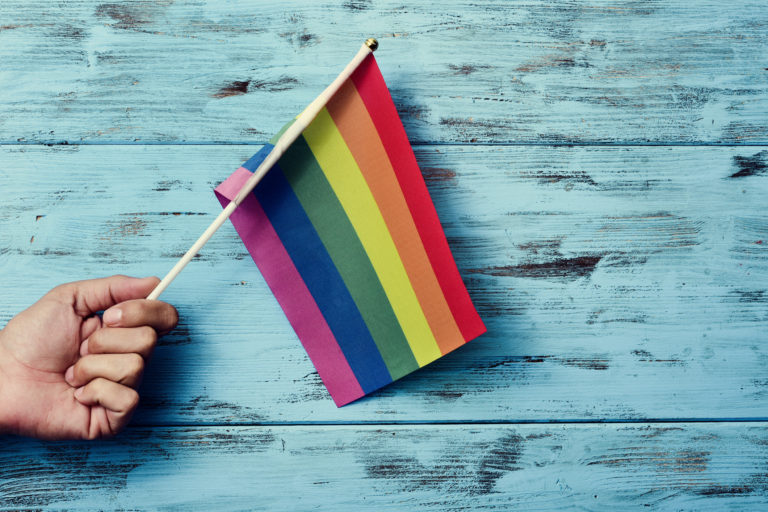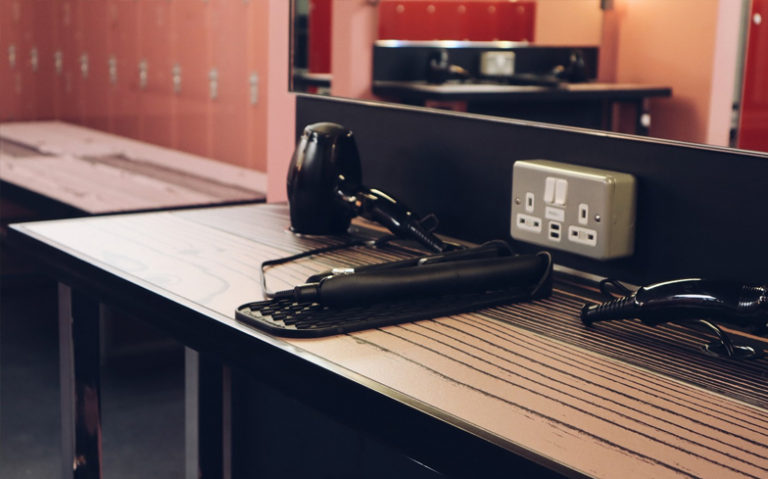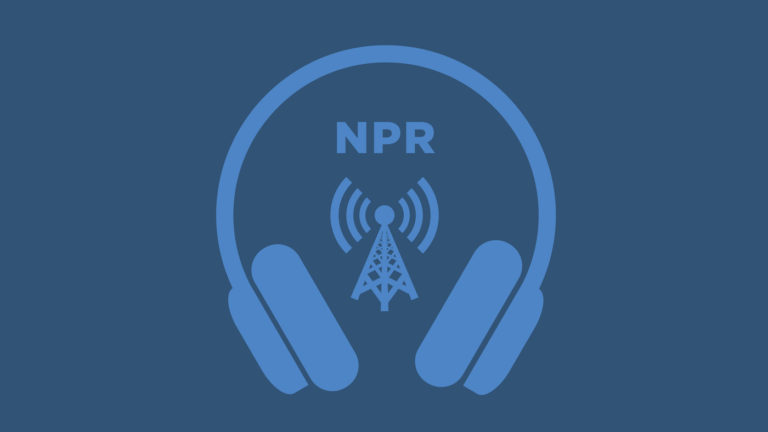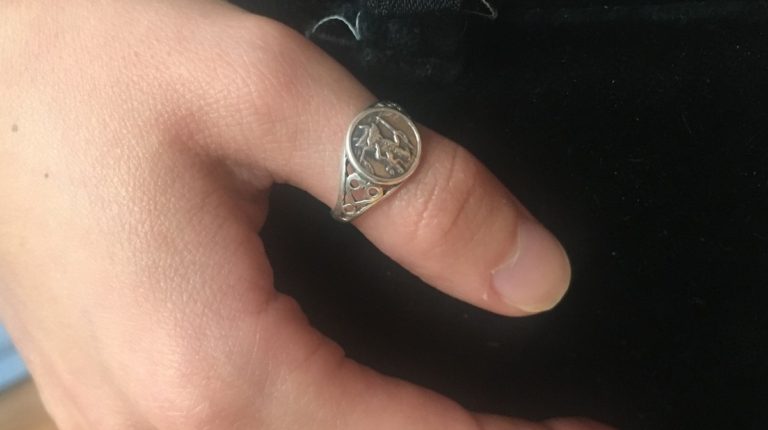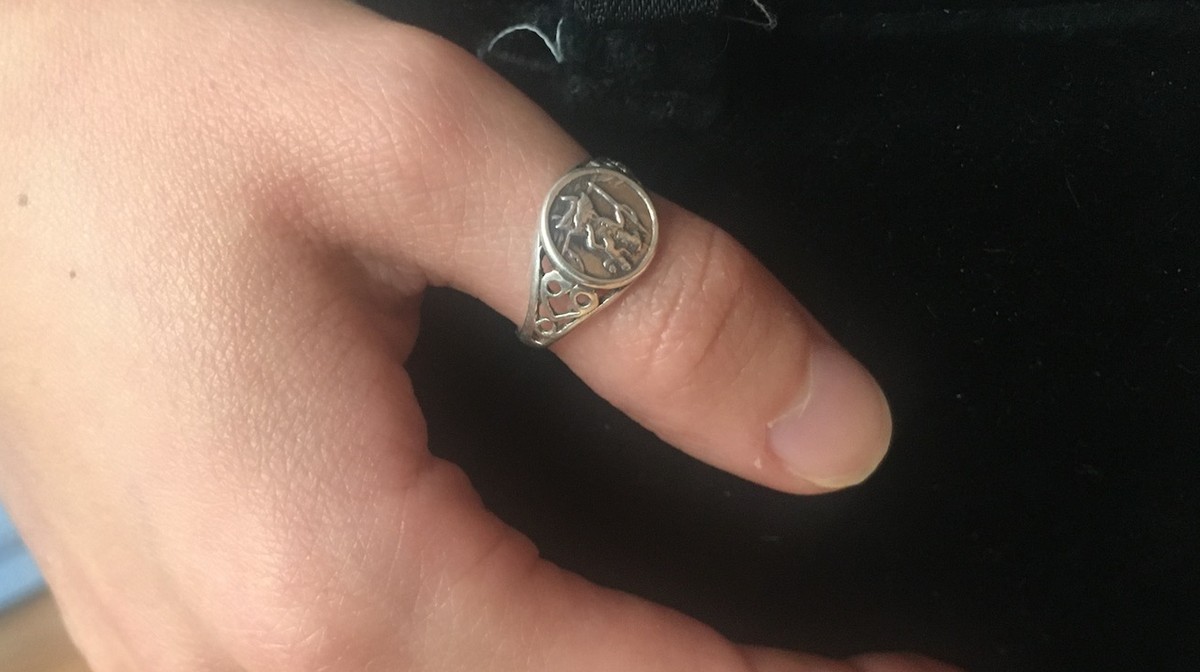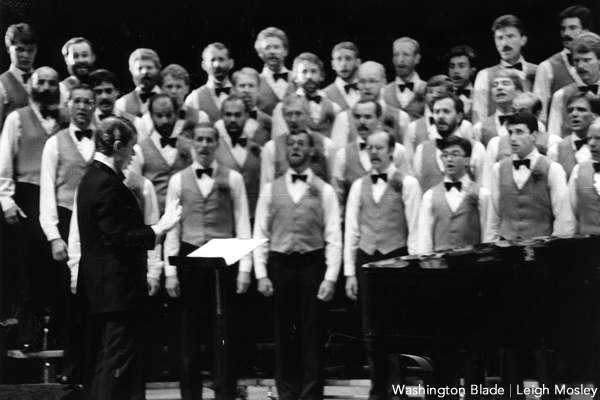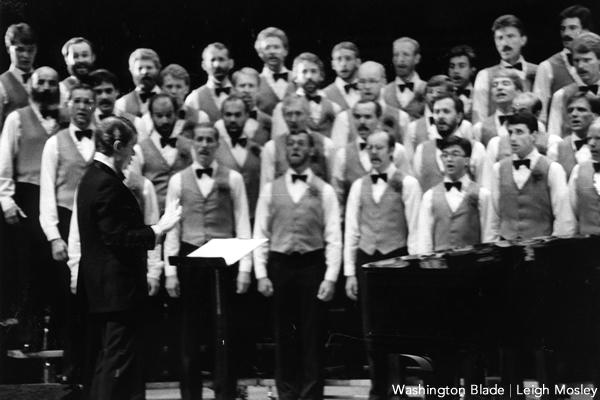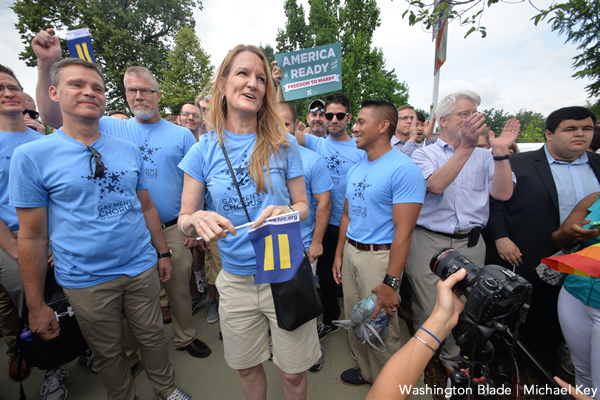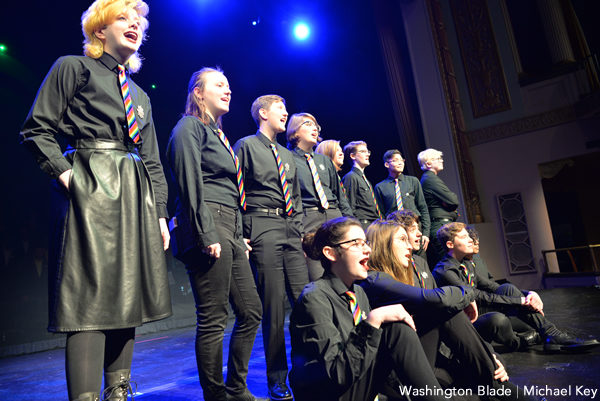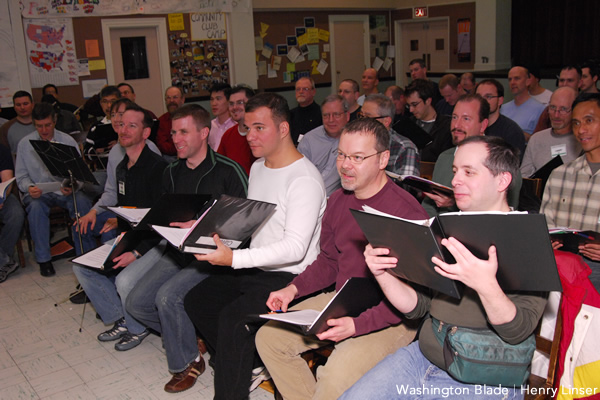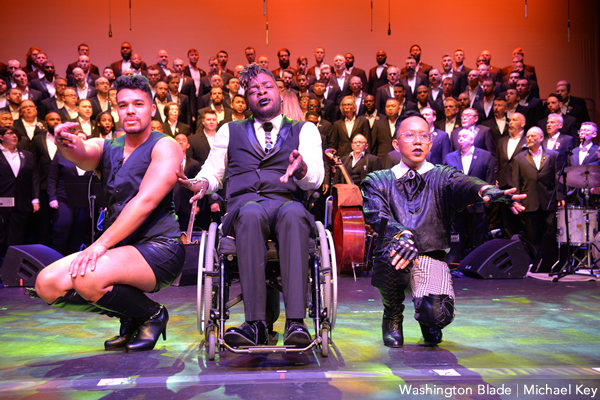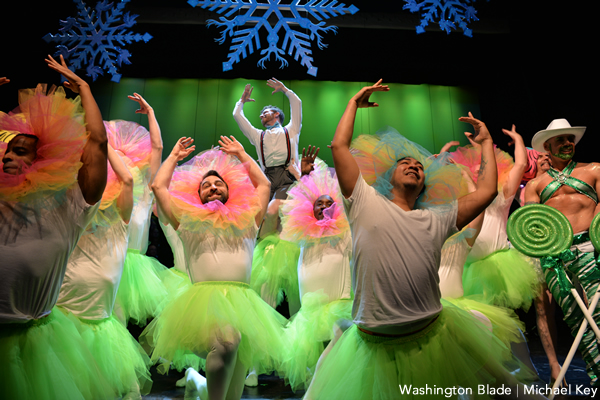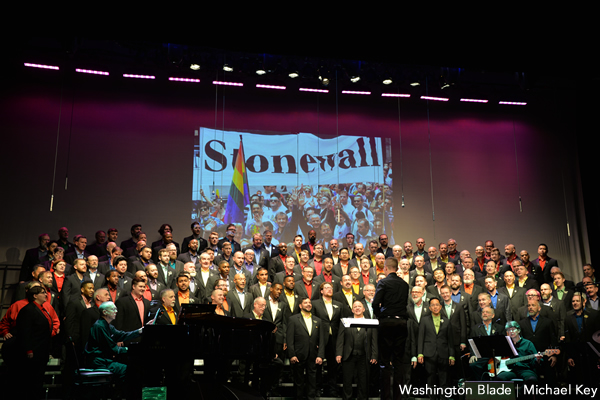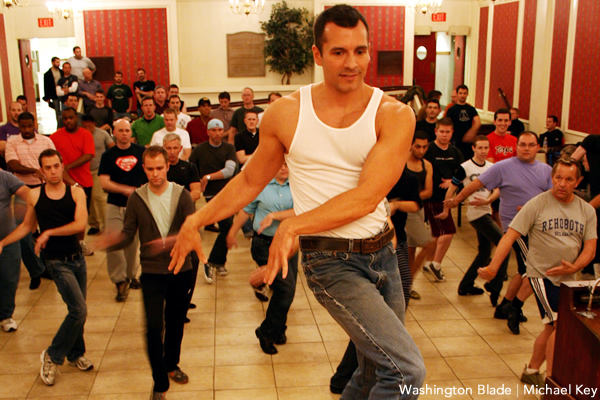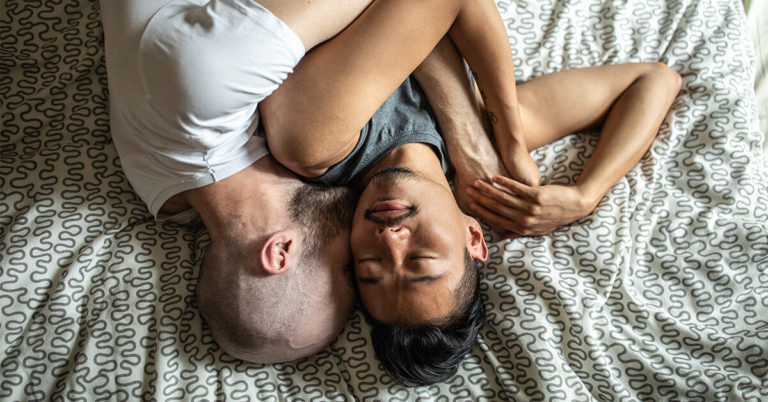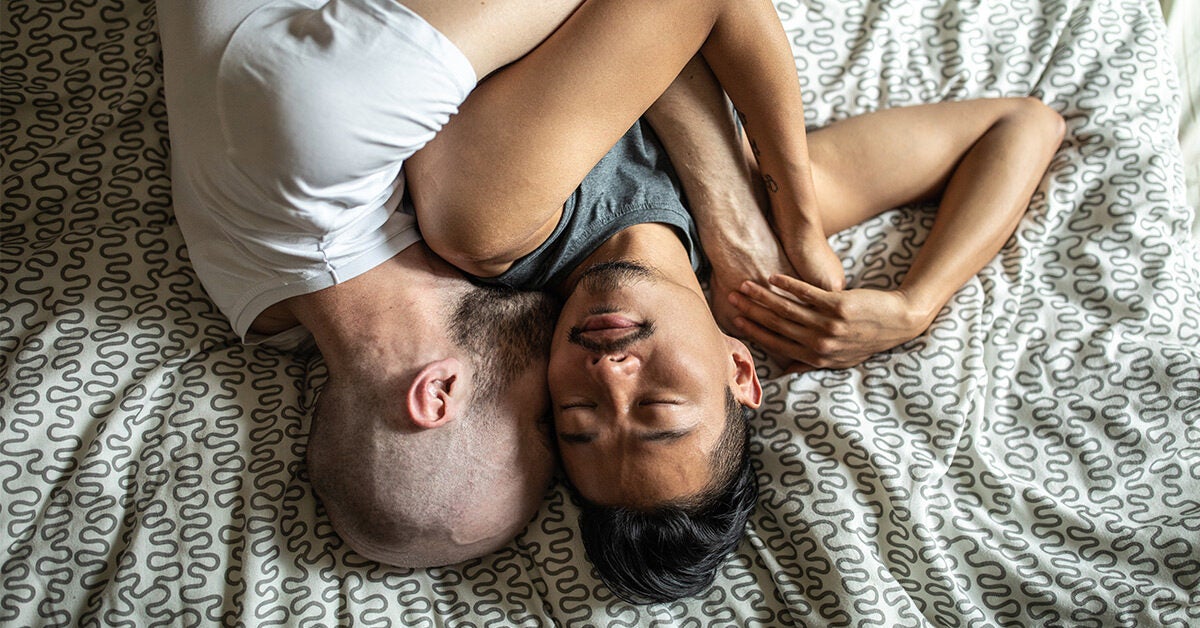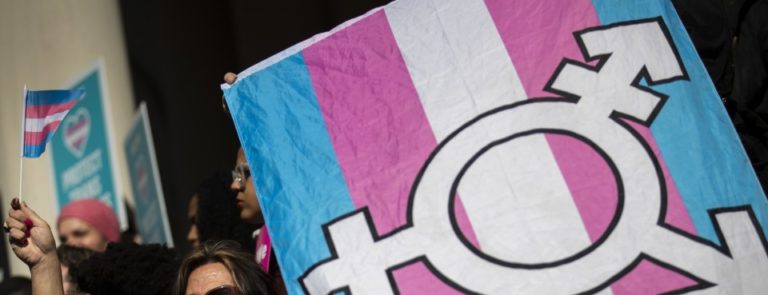Joe Rogan is one of the biggest figures in podcasting. His show, The Joe Rogan Experience, consists of lengthy, often rambling interviews with a diverse array of athletes, academics, actors, entrepreneurs, and more. But you could also say that Rogan has really built his audience through selecting guests who bring their own notoriety to his show, or whose specialist subject is the kind of hot-button issue that will inevitably gain him some streams.
These interviews can take many forms, like getting infamous tech boss Elon Musk to smoke weed on camera, instantly immortalizing the moment in meme form. Or, more esoterically, speaking with pilots who claim to have had close encounters with UFOs. A lot of the time it’s harmless (if slightly deranged) fun. And then there are the episodes which, by virtue of Rogan’s massive online reach, lend a veneer of credibility to some truly dangerous prejudices.
Take the recent episode with guest Abigail Shrier. During Shrier’s conversation with Rogan, in which she promoted her book, Irreversible Damage: The Transgender Craze Seducing Our Daughters, Shrier invalidated the lived experience of trans and nonbinary kids and teens, and made numerous dangerous, entirely unsound false equivalencies. She compared transitioning among teenagers to historic adolescent phenomena such as eating disorders, self-harm, and (bafflingly) the occult, calling this age group “the same population that gets involved in cutting, demonic possession, witchcraft, anorexia, bulimia.”
She even described wanting to transition as a “contagion” with the potential to infect other children with the same ideas, drawing yet more scientifically baseless parallels with eating disorders. “Anorexics, they are always really careful when they put them together,” she said. “They have to be on hospital wards because we know that it will cause it to spread.”
Plenty of savvy producers book guests like this to stir up controversy and accumulate outrage-clicks from their viewers. But was Rogan sitting back as a host and letting Shrier dig her own grave? Nope. He appeared to reaffirm this notion that being trans is something a child can be persuaded into through peer pressure, referring to time spent with “wacky friends” at school. He also mocked Caitlyn Jenner, and described LGBTQ+ activists as people who aren’t “looking at all sides of it.”
“They have this agenda,” he said, “and this agenda is very ideologically driven that anyone who even thinks they might be trans should be trans, are trans, and the more trans people the better. The more kids that transition the better.”
For all their talk of self-harm and other issues that teenagers can experience, neither Rogan nor Shrier openly acknowledged that more than half of transgender and nonbinary youth seriously considered attempting suicide last year. And that wasn’t due to “wacky friends” somehow transmitting gender dysphoria; it was due to the prolific, ubiquitous messaging in media that tells them there is something wrong with them, and how they feel doesn’t matter.
By alluding to a pro-trans lobby with that aforementioned agenda, Rogan positioned himself and Shrier as marginalized voices in their own right—a technique commonly employed by high-profile pundits who believe “cancel culture” is somehow coming for their right to free speech. But Rogan has 283 million active users across his social channels. Similarly, Harry Potter author J.K. Rowling tweets her transphobic half-thoughts out to 14.3 million followers—many of whom are the very kids she is attacking. They have huge platforms, and they are using them to actively, willfully spread misinformation and propaganda that will cause very real harm.
Of course, you could always make the argument that Rogan doesn’t actually believe any of the views that he encourages his guests to espouse on his show. Maybe he is just a cultural weathervane, conducting interviews on whatever outrageous topic is making headlines at the time. In one episode, he might endorse Democratic presidential candidate Bernie Sanders, or provide a safe space for openly gay strongman Rob Kearney to share his story. But in others, he is guilty of humoring (if not downright enabling) homophobic jokes and alt-right conspiracy theories from his guests.
Which is worse? To expose such bigotry to your millions of subscribers because you genuinely endorse it? Or to have so little conviction that you will knowingly platform hate speech about some of the most vulnerable, persecuted young people in our society to benefit your own career? You be the judge. Both are appalling in their own way.
Rogan likes to put on a furrowed brow and even, pensive voice; the hallmarks of a reasonable man with an inquisitive mind. Someone who is “just asking questions” or “wants to start a debate.” In reality, he’s an intellectual shock jock who amplifies the voices of conspiracy theorists, white supremacists, homophobes, and transphobes in the name of interesting conversation. And it’s becoming increasingly clear that as long as these tactics keep making him money and acquiring him followers, he doesn’t care who he hurts along the way.
This content is created and maintained by a third party, and imported onto this page to help users provide their email addresses. You may be able to find more information about this and similar content at piano.io



